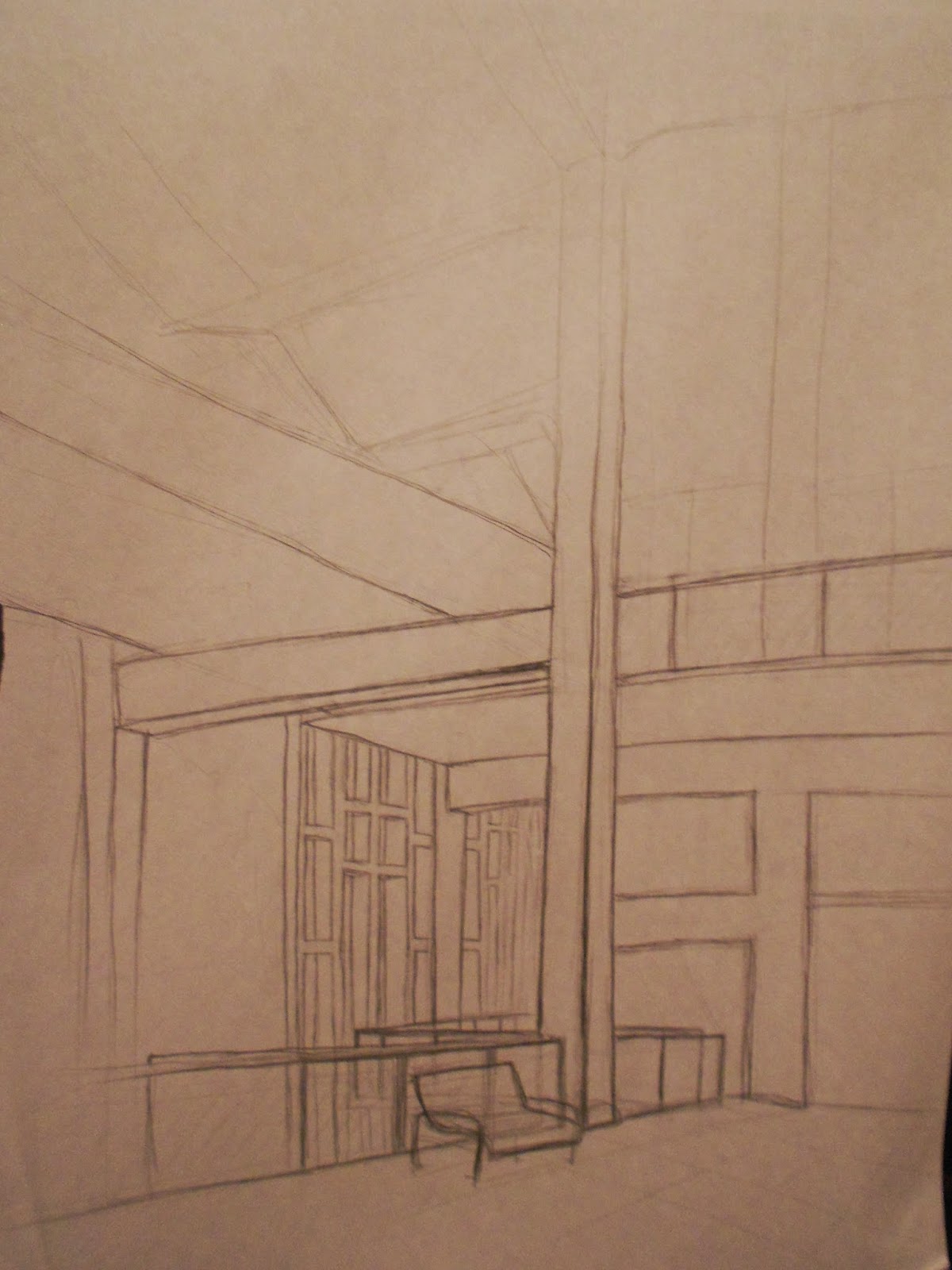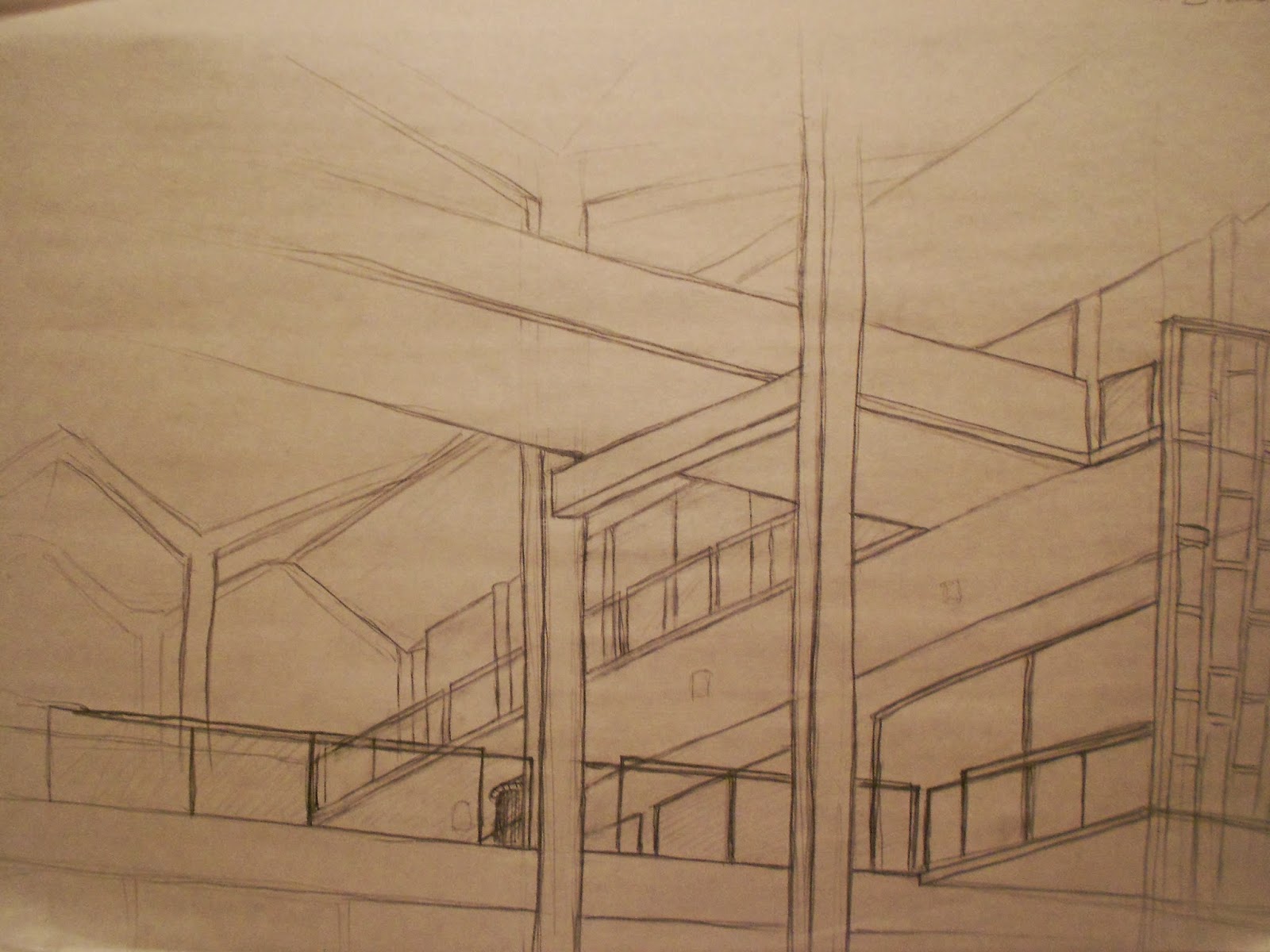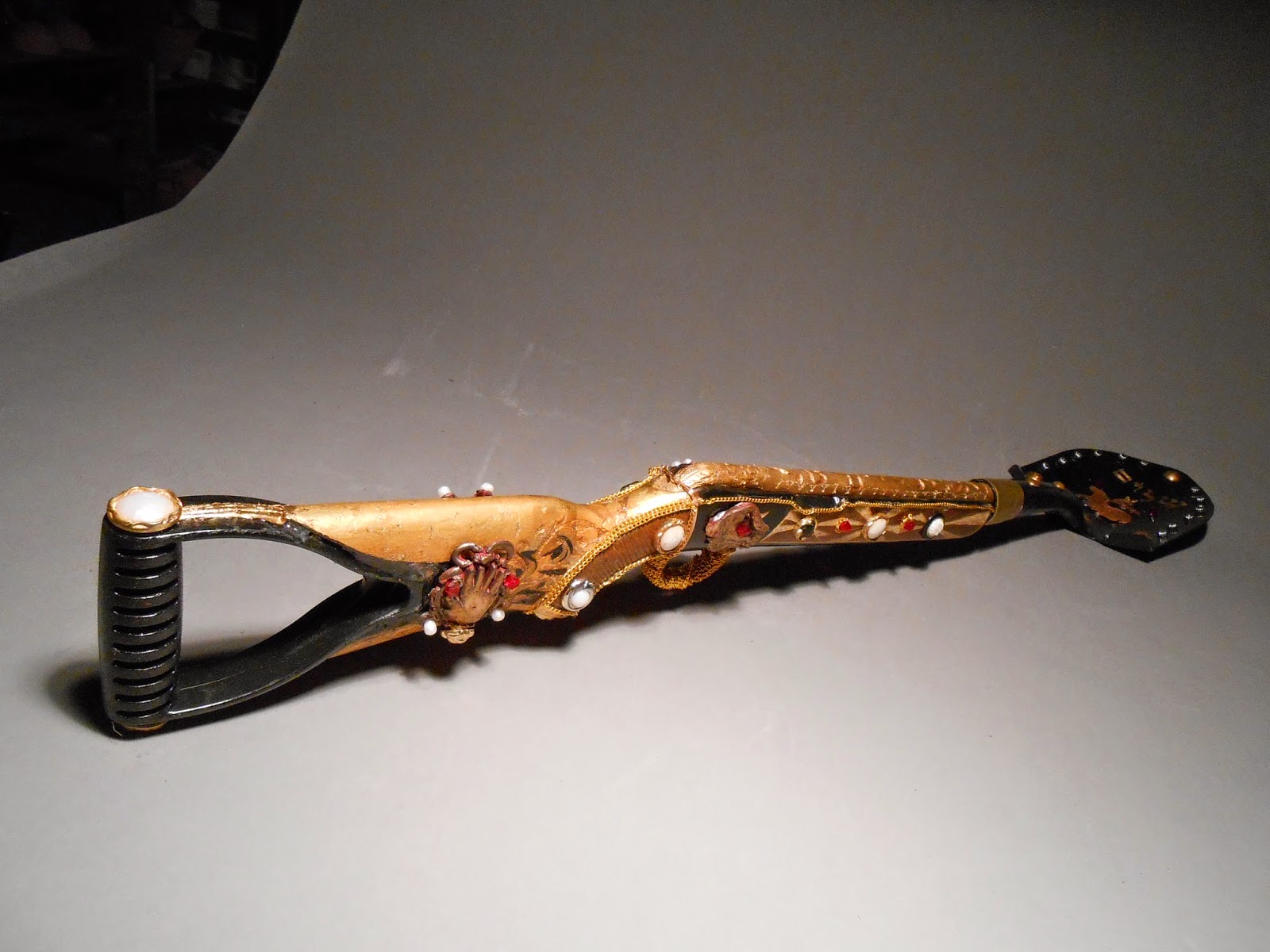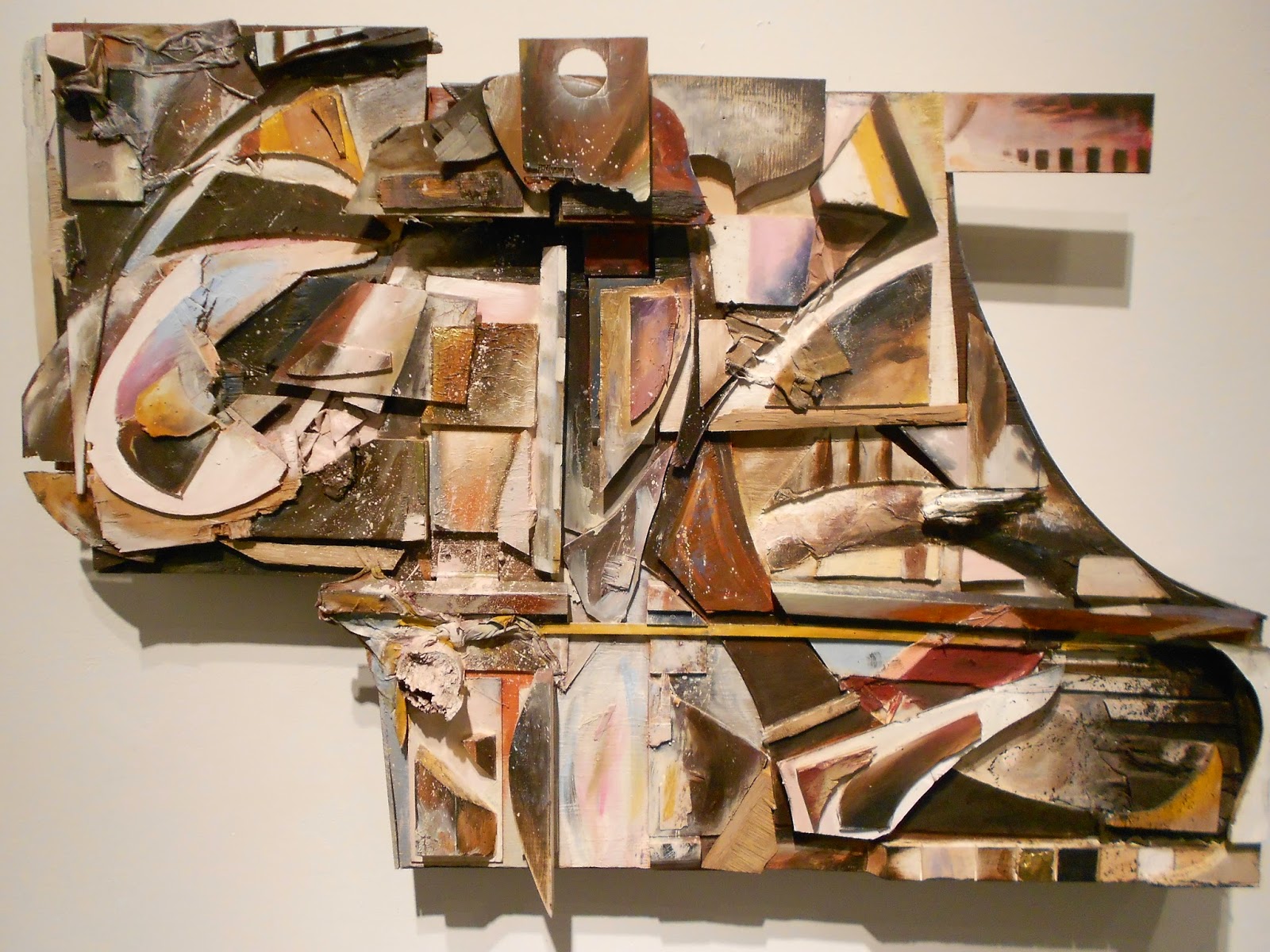Yet another modern growing trend is the new found desire for the reclaimed. Folk music, barrel tables, Edison lamps, pipes, etc. are hardly things of this century, yet this image has become synonymous with the modern millennial. And not a collection of high-dollar, Antiques Road Show items. No, instead it is the used and battered utilitarian drum of a mining cart that’s in the corner of a New York loft. I fabricate the “worn” look on work all the time as an artist/money-maker. Thrift stores and second-hand merchants are prime targets. Cheap and sachet, even used clothing is exciting. Out with the new, in with the old.
However we are hardly the first society to ask our grandparents for their old junk. A notable proponent of this kind of old-is-the-new-black craze is none other than Roman Emperor Constantine I. It can be seen through visual evidence that he put forth a massive building initiative in the fourth century, not to create a new twist on classical style as every other ruler before him, but instead he used all of their styles, mixed them all together and called it his. This kind of reuse of older building materials is to spoliate, not unlike taking spoils of war, or leftovers. Constantine used spolia rampantly in the Latern Basilica and his famous Arch. The spolia had several uses, as written on by Beat Brenk, including legitimizing his rule, showing off power, and conservation, but an especially notable feature is that it just looked cool.
“[Spolia] are to be considered seriously as a new artistic medium which by the character of tradition and time-honored norms could be transmitted to a building: a new aesthetics, operating not with the concept of the brand-new but rather with the concept of the reuse.”
There is a look that comes along with something you didn't necessarily grow up with. A kind of mysterious life that the object brings to the current age. What has this thing seen? Were people as fond of it then as I am now? What does this being in my living room say about me to my friends?

I would say having the 1920's door as a headboard does the exact same things a remounted relief carving does. One, it relates you to a time when things weren't as complex and planned obsolescence was unthinkable. In Roman times, the Empire had been split in two, led by multiple rulers, and infiltrated with all kinds of new people and thoughts from their colonialism that the only remnant of “Good Old Rome” was in the centuries old monuments. In the same way, I may think it’s scary that everything I touch was made in a factory and that my obsidian black rectangle knows my name, so making a table from a broken wheelbarrow brings me to the here and now in a way the other things couldn't. Stability and simplicity are found under years of dust. Also, used things silently put forth that your ideas, feelings, and beliefs about how the world works are more in line with folks from way before your time than they are with now, and thus the way you think now is backed up with history. Constantine and, later on, Theodoric, found that aligning themselves with familiar imagery made the emperors (and their beliefs) more acceptable. Constantine built entire churches from former recognizable materials. This made attendees feel at least vaguely at home in this new radical religion and, I presume, it also implied that every ruler and era prior that point in time had been pointing to this idea, this belief, this building. As millennials, every old thing we have is proof that we are from a lineage of other humans before us. We can testify with these objects that the end of our lives doesn’t mean the end of our affecting someone else’s life. We aren’t as fleeting as our times.













































.jpg)



.jpg)


